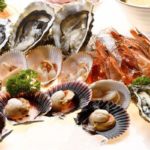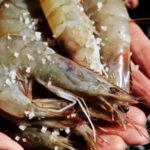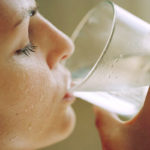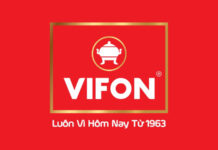Shrimp is one of the healthiest foods, and many people use it as a special supplement for children. There is a popular belief that shrimp shells are rich in calcium, which is responsible for the hard shell of the shrimp. Shrimp is also a good source of protein and has no fat. However, the belief that shrimp shells are rich in calcium is incorrect. According to nutrition experts, shrimp shells have almost no calcium, as calcium is found in the shrimp meat. Shrimp shells are made of chitin, a form of polymer that contributes to the hard shell. Therefore, when eating large shrimp, there is no need to eat the shell, and when eating small shrimp with soft shells, there is no need to remove the shells.
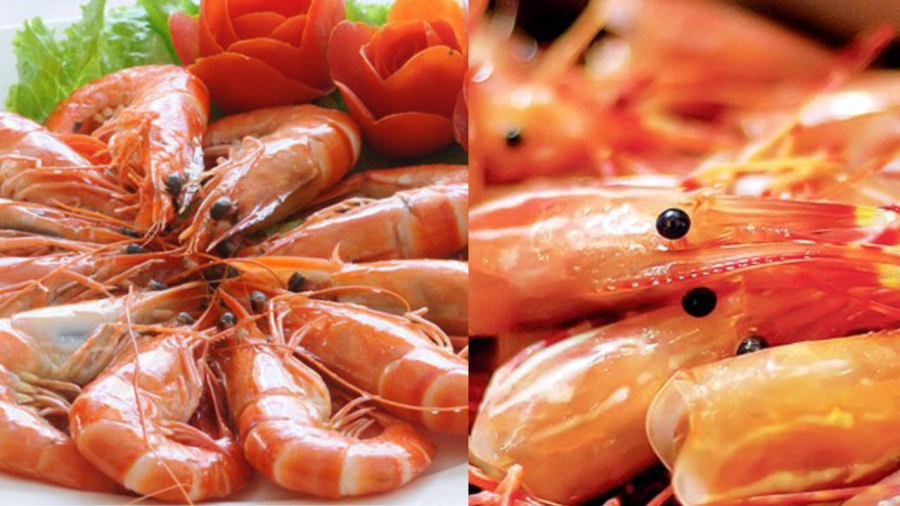
There is a folk belief that shrimp shells are rich in calcium
If not properly chewed, eating shrimp shells can cause stomach pain, indigestion, and damage to the mouth, tongue, and gums. Some people are allergic to shrimp shells.
In shrimp, the head is also a delicacy known as fried shrimp heads. However, the head is not good because it contains shrimp waste. This part contains more heavy metals than the shrimp meat. Consuming heavy metals can accumulate in the body, especially in young children, and can be detrimental to their development, leading to anemia, iron deficiency, and stunted growth.
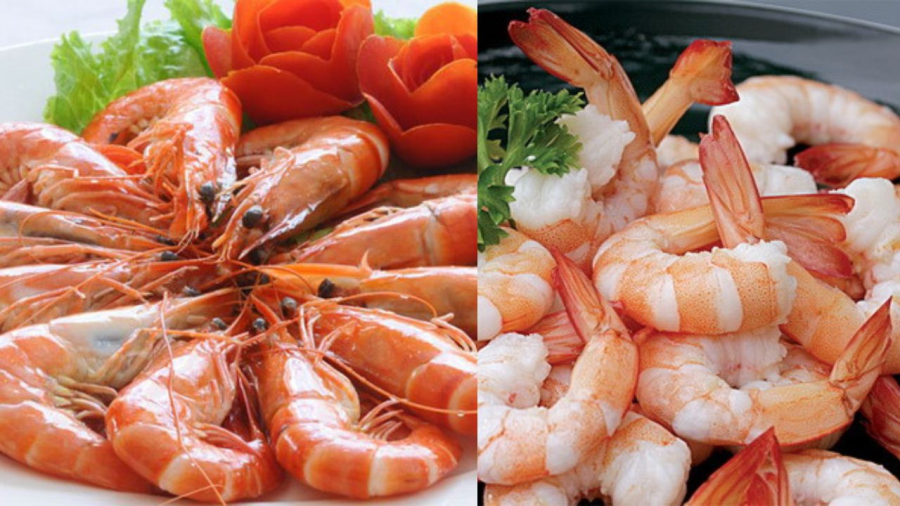
The dark digestive tract on the back of the shrimp is also something to discard as it is waste and has no nutritional value. When preparing shrimp, it is advisable to remove it for food safety.
Therefore, it is best to focus on consuming shrimp meat, as shrimp shells do not provide any calcium. The shrimp shells can be boiled to make broth, as they also add a sweet taste.
Notes when feeding shrimp to children:
It is recommended to feed the child the shrimp meat, and for infants who are just starting to eat, try feeding them a small amount to see if they have any allergic reactions.
Shrimp is very nutritious, but if it is spoiled, it can be toxic, as the nutritional components in shrimp can turn into toxins that can cause death. Therefore, absolutely do not eat spoiled shrimp.
It is best to remove the shells to prevent the child from choking on them.
It is best to feed the child small shrimp with soft shells and tender bodies, as they contain more nutrients.
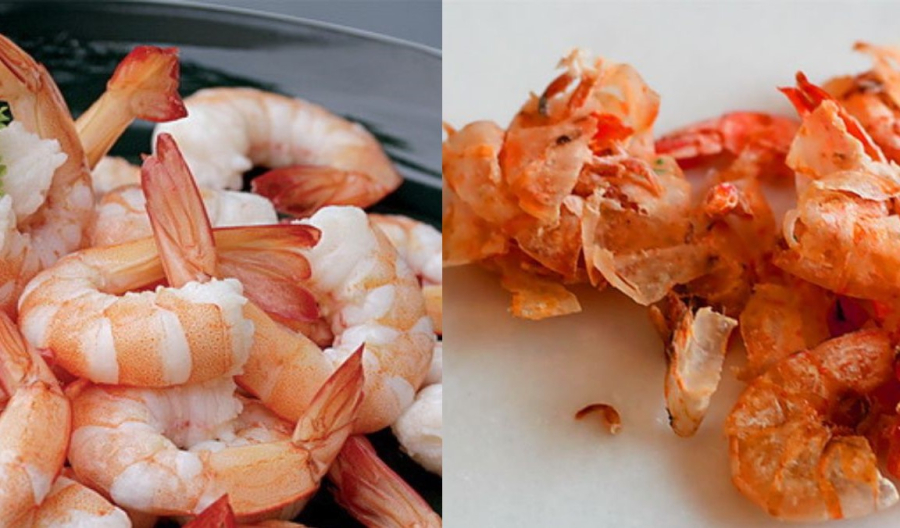
In addition to providing calcium and protein, shrimp meat also has the following benefits:
Supports weight loss:
A high-protein diet is considered a weight loss diet. Increasing the intake of good protein helps reduce the need for fatty foods. Low-calorie protein also requires more energy to digest. Therefore, shrimp is a good source of protein in a weight loss diet.
Promotes cardiovascular health:
Animals with shells are recommended by experts as foods that promote cardiovascular health. Shrimp contains omega-3 and vitamin B12, which help reduce the risk of cardiovascular diseases through their anti-inflammatory effects in the body.
Good for the brain:
Shrimp is not only good for the heart but also for the brain. The supplementation of vitamin B12 and omega-3 helps enhance brain function.
Boosts the immune system:
Shrimp is rich in zinc, which helps strengthen the immune system. This mineral is necessary for the development of immune defense cells in the body.
Therefore, shrimp can be considered a good food in a healthy diet. However, it is not necessary to give shrimp shells to young children, as they can be hard to eat and may lead to food refusal.
How to Choose Fresh Seafood: Important Cabinet Tips
In recent years, concerns have been raised over the practice of injecting urea and chemicals into seafood, making it difficult to find safe and fresh options. To help, DienmayXANH.com offers some tips on how to select the best seafood available. Seafood is a rich, delicious, and nutritious source of food, and this advice will help ensure you make the most of it.



























